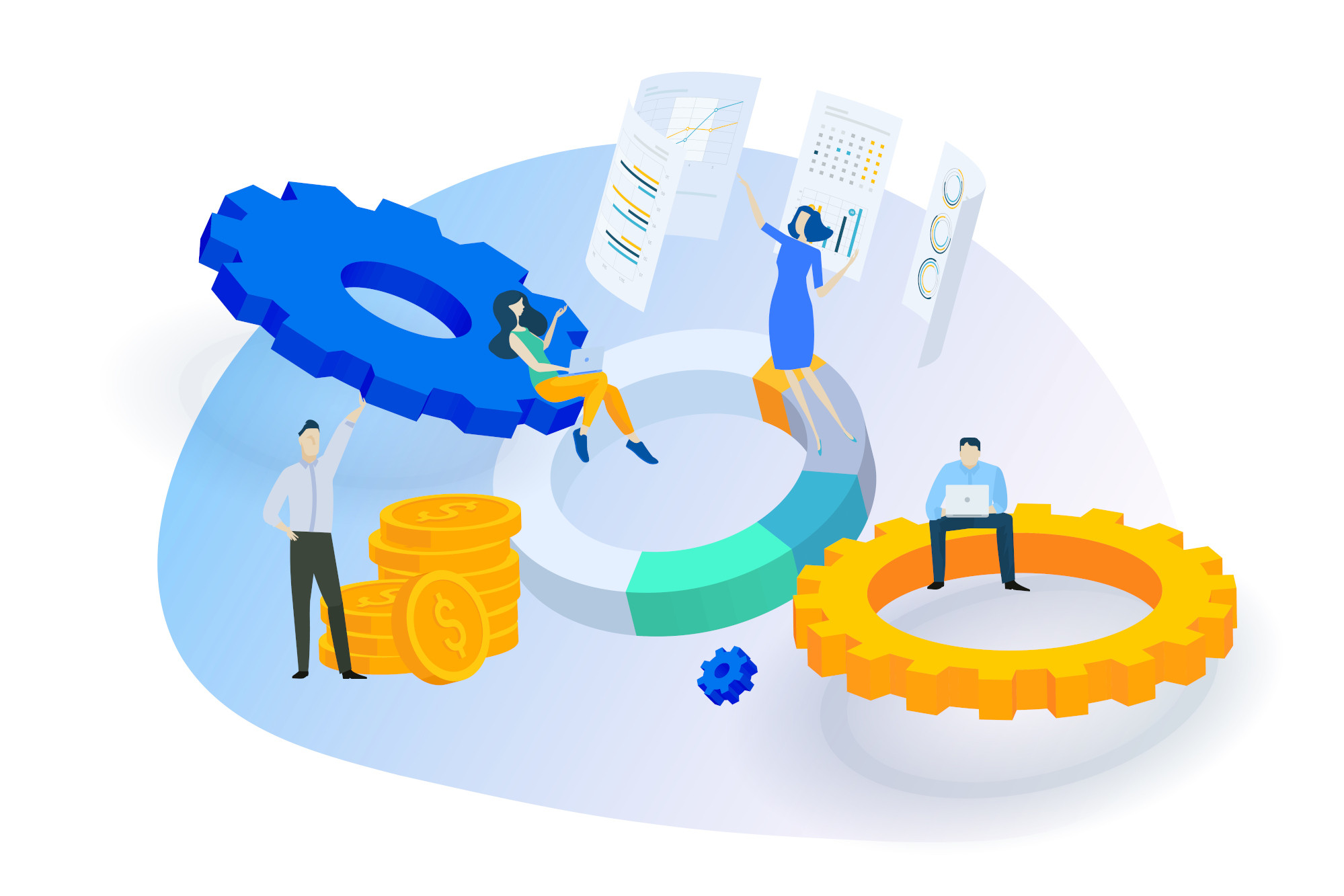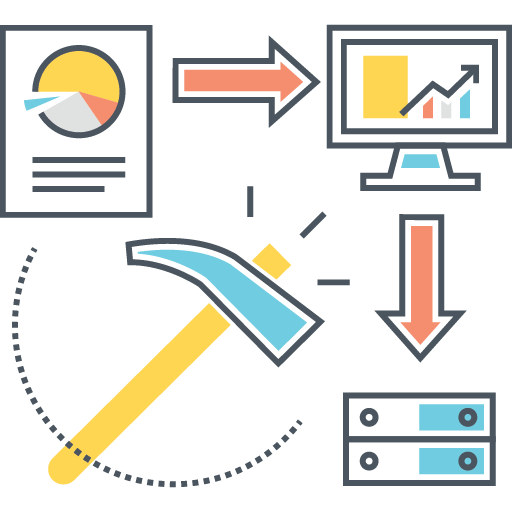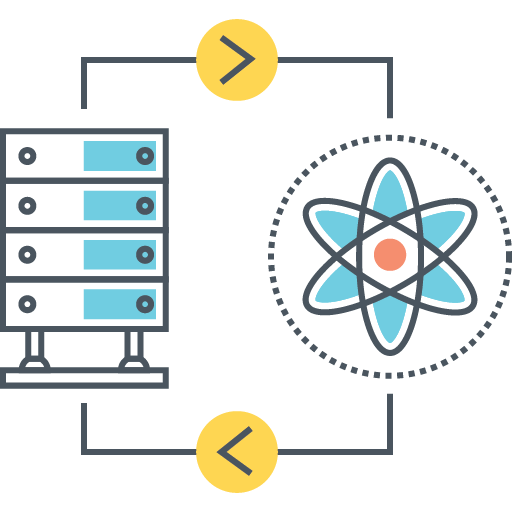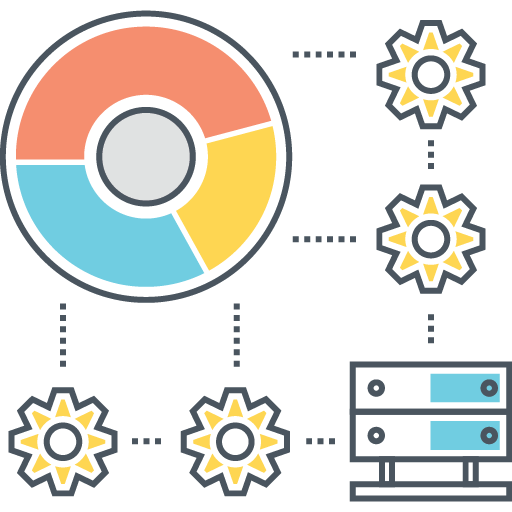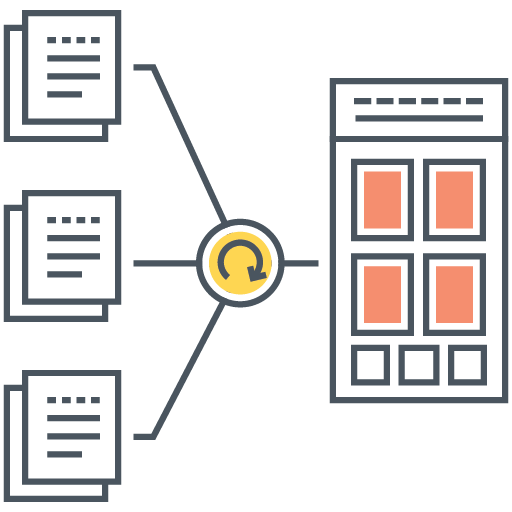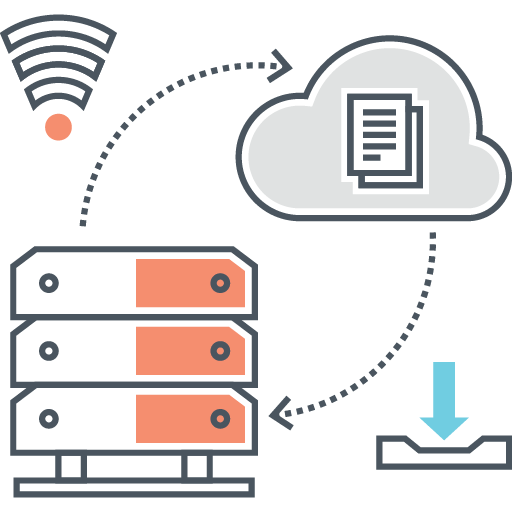Case Studies
Browse Through Our Case Studies
Extract, Transform and Load provides a framework for extracting data from diverse sources, mapping and harmonizing. Generally known as ETL, it can also follow an ELT architecture (Extract, Load and Transform). In ELT framework, data is first extracted and loaded into the target warehouse and then transformed as needed.
Data pipelines are designed for smooth flow of data from one step to the next one. It is focused on eliminating and automating many of the manual processes involved in data extraction, transformation and loading. It is designed in a way to reduce errors and avoid bottlenecks or latency issues. Generally, pipelines load the data into data lakes.
These various ETL frameworks can use either batch or stream data processing and in many cases, a hybrid approach is preferred. In batch processing, data is processed at once and this may be scheduled at regular intervals. While in stream processing, data is processed in real-time as soon as it is generated in the source.
ETL is the primary step in any data analytics effort applied at any scale
Extract
Data is continuously generated and collected in isolated environments. Most of these environments can neither support advanced techniques of transformation based on correlations, pattern recognition and so on, nor are they capable of processing huge volumes of data.
Extraction process enables to bring the data from multiple data sources such as ERP systems, CRM platform, financial software, social media platforms, flat files, isolated legacy databases etc. through data pipelines to more advanced data warehouses, on cloud or on premise, for further analysis.
Transform
Transformation is the most important step in the ETL process. Specific data driven rules as well as custom business driven rules are applied to the data to transform it into interoperable format that can link and map with each other. Using various basic and advanced transformation sub-processes as listed below, data is transformed to achieve data accuracy, consistency, integrity and conformity.
- Cleaning, deduplication, restructuring
- – Filtering, joining, splitting
- – Restructuring, format revision
- – Integration, derivation, summarization
- – Pattern matching, Correlation based mapping
Load
Data is continuously generated and collected in isolated environments. Most of these environments can neither support advanced techniques of transformation based on correlations, pattern recognition and so on, nor are they capable of processing huge volumes of data.
Extraction process enables to bring the data from multiple data sources such as ERP systems, CRM platform, financial software, social media platforms, flat files, isolated legacy databases etc. through data pipelines to more advanced data warehouses, on cloud or on premise, for further analysis.


